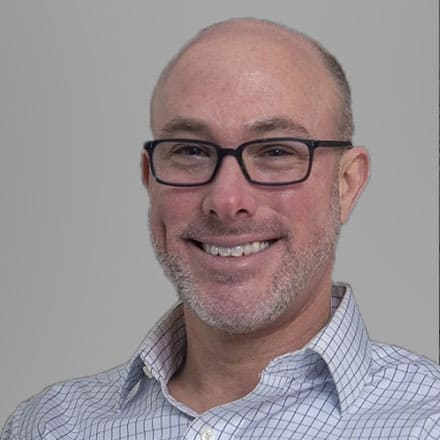Inside Angle
From 3M Health Information Systems
Leveraging health care worker ideas to improve the health care system
I recently commented on a post in a physicians-only Facebook group to which I belong. The original post said that when physicians order imaging studies, we often order the wrong test for the indication, sometimes prompting a call back from the radiologist to correct the order. I commented, “I think that the abstraction that we use for ordering imaging studies overall is wrong. It seems to me that the system would be better if the ordering physician simply specified the reason for exam, and the radiologist was responsible for selecting the proper exam.”
To my surprise, my comment garnered more than 340 likes and many supportive comments, all from fellow physicians. This groundswell of approval for my idea led me to ponder how we could implement this approach in actual practice. I soon realized all of the changes to the interconnected parts of “the system” that would be required to implement this seemingly small process change and dishearteningly concluded that such a change was not feasible.
Even more disheartening was my meta-realization that this is but one small example of a larger problem: The complex, interconnected processes of our health care system make changing them nearly impossible by those of us who care for individual patients. Instead, we are functionally forced to work within the system, designed and enforced by administrators and bureaucrats, even when we see the system’s flaws and can articulate likely improvements.
I am not anti-administrator or anti-bureaucracy, per se. Indeed, complex sociotechnical systems need formalized processes and management to function. My issue is when the inertia of pre-existing processes prevents making changes to those processes. When the likely superiority of these changes becomes apparent to those who have no choice but to adhere to those imposed processes in their daily work.
Returning to the example I opened with, let’s say that as a practicing physician, I wanted to stop specifying the particular imaging study in my orders and instead just specify the indication with the intent of requiring a radiologist to specify the study. I couldn’t just enter into the electronic health record (EHR), “Indication: left flank pain and microscopic hematuria. Imaging study: radiologist’s choice,” and hit enter. The software requires that I specify a particular study to order. Even if I wrote the order on a paper prescription pad and handed it to the patient, when the patient called to schedule the test, the scheduler wouldn’t know what to do. The scheduler would call my office and ask what test I wanted.
In theory, the sociotechnical system could be changed to enable this new process, but where would one even begin to propose this change, and at what expenditure of time and effort? Would this even be legally permissible? If not, how could we change that? And if it were legally permissible, what kind of workflow changes would be needed on the radiologists’ side to make this happen? How could they be convinced to enact this change? Who would be responsible for acquiring a prior authorization from the insurance company if required? Who would order the blood work if required before administering IV contrast? It goes on and on.
Especially in the highly corporatized and bureaucratized U.S. health care system, health care workers that are in the trenches, from nursing aides to physicians, often feel like cogs in a machine, replaceable health care producing widgets. While we (at our best) still embrace our humanity when we interact with patients, we begrudgingly navigate “the system,” which we often see as so obviously flawed and improvable, to make stuff happen for them. This leads to frustration, demoralization and, yes, burnout. It’s high time that those of us who work within “the system” writ large have meaningful opportunities to improve it. We live it every day. Seek out our ideas, and transform our frustration into a better functioning health care system, one meaningful process change at a time.
Adam Rothschild is a clinical informaticist with 3M Health Information Systems.
Focus on the patient while the technology works in the background.


